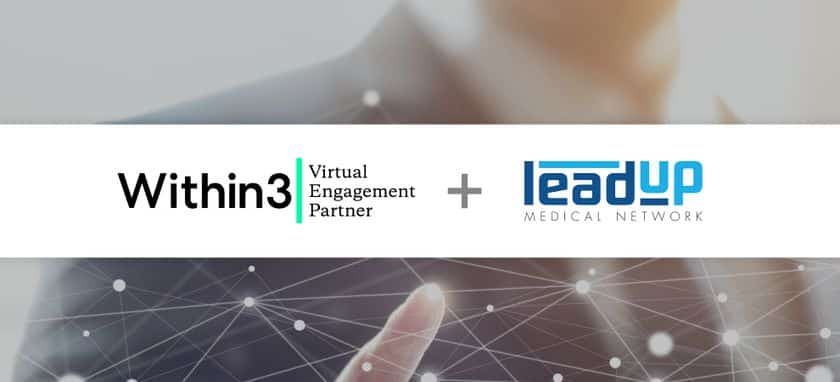In a Reuters Health survey, 80% of medical affairs leaders said the insights they use for decision-making aren’t always fully informed by stakeholder input. Most of these professionals – 70% – indicated that the insights that influence critical decisions are only “sometimes” informed by stakeholder input. What are the causes and consequences of this limited visibility, and how can medical affairs teams get a complete view of stakeholder insights?
Where is the problem most severe?
Of medical affairs leaders who said they don’t get enough stakeholder input, a lack of input from patients was most prevalent, with 78% of respondents saying they should consider patient input more when making decisions. Specialist physicians and surgeons (77%) and payers (70%) also topped the list, with groups like nurses (49%), internal marketing colleagues (42%), and regulators (40%) also called out.
How the problem happens
Patients
Patient involvement is an ongoing priority for pharma teams. And, while the US FDA’s guidance on patient-focused drug development attempts to center patients across the drug development process, engaging patients still proves challenging for reasons ranging from privacy concerns to scheduling conflicts.
Specialists and surgeons
It can be difficult to get the appropriate amount of input from specialists and surgeons for two reasons: teams either default to using the same experts as their competition or struggle to identify the right experts for specific projects. “That’s the problem with a bibliometric approach,” said Trey Riley, VP of Sales Engineering at Within3. “Competitors may land on the same people as being the most influential, because they’re basing selection on experts who have published the most or have done the most clinical trials. Then, [competitors] are courting the same people and may have the same experts on various advisory boards.”
Nurses
Nurses and allied health professionals like physician assistants, nurse practitioners, therapists, and technicians provide valuable input about aspects of patient care. We know from client experience that nurses contribute critical information that can improve trial protocol design and shorten trial timelines. Still, these experts may be reluctant to speak freely if they’re in the same venue as physicians. The phenomenon is hierarchy bias and can limit the useful information medical affairs teams receive.
Solving the stakeholder insight gap
Each stakeholder input challenge can be alleviated by applying technology – ideally, a single platform to unify insight-gathering analysis and reporting. Here are some examples of insight management technology in action:
Strengthening commitment to patient involvement
Although the FDA’s PFDD guidance offers a framework for increasing patient involvement in drug development, it is ultimately up to pharma teams to incorporate the guidance and elevate the patient voice in clinical trials and beyond.
To that end, pharma companies are re-evaluating how they view and implement patient engagement strategies, embracing virtual tools that preserve patient privacy and offer more accessibility and convenience. Galapagos’ Patient Engagement Council, which brings together representatives from several patient organizations on the Within3 insights management platform, is an example of how pharma companies increasingly use tech to formalize their commitment to work more closely with patients.
Identifying new influencers in an established market
A global team supporting a multi-billion-dollar product was preparing for a competitor’s entry. The company already had a dominant market share but wanted to improve physician compliance with best practices to grow product usage. Within3 determined that the client’s engagement list included many less important targets and overlooked the majority of key influencers. Epidemiologists, who had been eliminated from prior lists because they don’t treat patients, had extremely influential relationships and a strong impact on guidelines. The client created an enterprise-wide global strategy to ensure that the organization was targeting all of the identified key influencers.
Gathering critical feedback from nurses
Our medical affairs client wanted to assess the ability to successfully use a drug in low-acuity settings previously only prescribed in high-acuity settings. To do this, the team needed feedback from physicians and nurses but had concerns about the nurses’ willingness to offer candid feedback in an advisory board alongside doctors. Within3 helped the team design two virtual advisory boards to run concurrently, with doctors and nurses participating in separate virtual rooms. As a result, the nurse cohort offered key feedback that significantly impacted the protocol design and contributed to a higher likelihood of success.
Tying it all together
Technology doesn’t solve problems independently – it enables humans to be more effective in their day-to-day work. For medical affairs and other pharma teams, insights management technology can alleviate labor-intensive activities like analysis and reporting. But it can also untangle the difficulties around obtaining stakeholder input earlier in the insight-gathering process, giving teams more complete information that guides better decisions. Learn more about choosing an insights management platform in our buyer’s guide.






